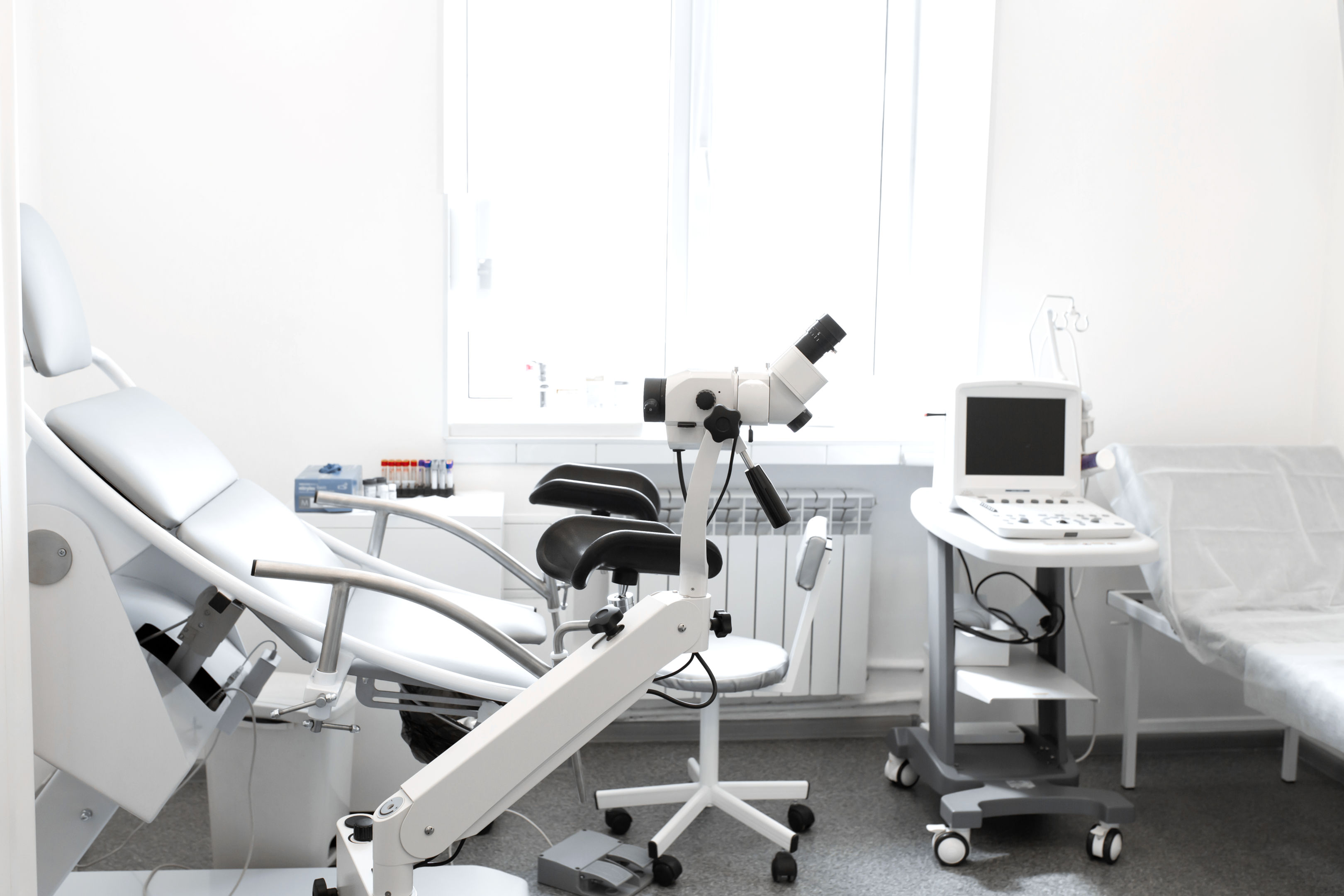Pap Smear Explained



Doctors perform the procedure called Pap smears or Pap tests to check for cervical cancer in women. You must have a Pap smear for your vaginal uterus to be examined. Pap smears can be used to diagnose cervical cancer earlier. Pap tests can also reveal cancerous cells in the cervical tissue. A quick screening by Pap smear can be the best way to stop cervical cancer from occurring. This article explains how pap smears work and how to prepare for one.
A pap smear is a screening test for cervical cancer. It involves collecting cells from the cervix to look for abnormal cells, which can indicate cervical cancer. A pap smear is similar to cervical cancer screening that identifies precancerous or cancerous cells. It also detects atypical glandular cells and atypical squamous cells of undetermined significance (ASCUS), which may be a sign of other severe health conditions.
Your doctor or nurse performs a pelvic exam to collect the sample, and it's not painful. If you are over 30, you must get a pap smear every year. If you're younger than 21 or older than 65, talk with your doctor about whether or not you need one. Pap smears can also detect other problems in the cervix, including infections such as chlamydia and HPV, the most common sexually transmitted infection. If you are positive, you should take an HPV test for proper diagnosis.
However, you don't need a pap smear test if you've had a total hysterectomy, meaning your uterus and cervix have already been removed.
A pap smear is a test that helps detect and prevent cervical cancer by examining the female reproductive system - which includes the vaginal canal, uterus, the cells on the cervix, and fallopian tubes. Doctors can also use it to detect precancerous and cancerous cells.
A doctor or nurse will collect some of your vaginal cells, which are then examined under a microscope for abnormalities. The goal of the exam is to determine if treatment is needed. If abnormal cells are found, they'll evaluate whether they're precancerous or potential cancerous growths (called dysplasia).
If you want to be sure about the possible presence of precancerous cells in your cervix.
If you're experiencing a weakened immune system due to chronic corticosteroid usage or you've undergone chemotherapy.
When you reach the age of 21 (at this point, women between 21 to 29 whose pap smear results are normal need only to retake the test every three years).
What is the cervix? The cervix is the lower portion of the uterus (womb), which extends back into the body and which you can only feel during a pelvic exam. It plays an integral part in a woman's body, especially in terms of pregnancy. The cervix comprises muscle and connective tissue, with two small openings leading to your vagina and another opening into your uterus. Cervical cells are constantly changing to keep you healthy. The cells that form on top of the cervix are shed each month during your period.
On the other hand, HPV causes abnormal changes in your cervix. At this point in time, you should consult a doctor and schedule a pap test or Papanicolaou test to determine the actual cause of abnormal cell changes.
A cervical biopsy is a procedure to remove cells from the cervix. The cells are then looked at under a microscope for abnormal or cancerous cells. If there are abnormal cells, your doctor will create a treatment plan. This test can also be done any time during your life and helps doctors see if you have HPV (human papillomavirus) or other infections that can cause precancerous changes in your cervix.
Cervical biopsies are done to:
The following can cause an abnormal pap smear result:
STI or STD
Genital HPV infection
Yeast infection
Pelvic inflammation
Abnormal cervical cells
Squamous cell cancer
Pap smears explained in this article and other related writeups are a routine part of medical care. Still, they're not something you have to do every year.
The American Cancer Society recommends that women get their first pap smear at age 21 or within three years of beginning vaginal intercourse. Society generally recommends that women get annual or biannual pap smears until age 65. But if you're younger than 21, there's no need for a pap smear at all—you can just wait until you're 21 and then go from there.
If you're 21 to 29 years old, you should get a pap smear every three years. Suppose at any point in this period you have symptoms such as abnormal bleeding, discharge, or pain in your lower abdomen or pelvis. In that case, you should see your doctor right away.
If you're 30 to 65 years old, there are two options: a pap smear alone every three years or a pap smear and an HPV test (human papillomavirus) test every five years. The latter option is recommended only if you've been sexually active with multiple partners and haven't had any abnormal results on your previous pap smears—in which case it could help identify cervical cancer earlier than usual.
The process of getting a pap smear is simple, but there are several things you can do to make it easier.
Prepare mentally. Don't worry about the procedure itself; just think about how you will feel afterwards. Once you're in the doctor's office, it will be easy to concentrate on the medical aspects of your visit and forget that this appointment is also an opportunity for self-care and relaxation.
Prepare physically by eating well before your appointment so that nothing interferes with normal digestion or blood flow in your body while getting a pap smear performed by a doctor in their office or at home using a kit sent by mail (more on this later).
You should refrain from having sex two days before the test since this may result in washing away abnormal cells.
If you've ever been to the doctor for a physical, you know that an exam can be a bit uncomfortable. But when it comes to your pap smear, it shouldn't take long at all.
The first step is getting into the correct position on an exam table. You'll lie down on your back and put your feet in stirrups (we know they're not sexy, but they'll make things easier). Then your doctor will take samples of your cervical cells using a soft brush and a flat scraping device called a spatula. But first, your doctor will use a metal or plastic tool called a speculum, allowing them to see your vaginal wall and cervix. This usually doesn't hurt—you may feel mild discomfort when your doctor moves the tool around inside you. Still, it's nothing compared to the discomfort of living with HPV or cervical cancer. Once the sample has been taken, it will be sent off for analysis by an expert lab technician who will determine if there are any viruses or bacteria present in your body that could lead to serious health problems like cervical cancer or HPV.
The doctor will then use a speculum to open the vagina and examine the cervix.
The doctor will then use a brush to collect cells from the cervix. This sample is called a Pap smear.
Your doctor will send the sample to a lab for analysis, examining it under a microscope.
Note: The actual pap smear test would take only a few minutes.
The results of a pap test are either positive or negative, meaning that the cell sample contains normal or abnormal cells. If your doctor finds abnormal cells on your sample, this is called dysplasia (or cervical intraepithelial neoplasia, CIN).
The pap test results aren't always accurate—they're based on what's in your cervix at the time of the test—and in some cases, they may be false positives. False negatives don't happen often but can occur if you have a very early issue of HPV infection and no signs yet that it's progressing into cervical cancer. It's also possible to get a false negative if you're just not producing enough cervical mucus for the lab technician to take a good sample from.

Pap smears are not without risks. Your doctor may recommend that you take antibiotics before the procedure to reduce your risk of infection. It's also possible that you may bleed during or after a pap smear. If this happens, you must talk with your doctor about ways to reduce bleeding and what you can do if it becomes excessive or painful.
Other rare risks are also associated with a pap smear, including an increased chance of developing cervical cancer in the future if you have had multiple negative tests but continue to have sexual intercourse with multiple partners.
Doctors use Pap and HPV tests to screen for cervical cancers. They can also detect changes in the cervix that may lead to cancer, even if they aren't cancer yet. If you have any questions about cervical cancer, talk to your doctor.
Getting tested regularly is one of the best ways to stay on top of your health and catch problems early. You should get tested every three years when you're sexually active (with partners). If you're not sexually active, you should still get tested every three years, starting at age 21.
If you have abnormal test results, you must talk with your doctor about what those results mean and what treatment options you have.
Eat a healthy diet.
Before the test, take a shower or bath, but do not use vaginal cleansers.
Avoid sex and sexual intercourse 24 hours before the test and douching or using vaginal cleaners during that time.
Do not use tampons, vaginal creams, or sprays for 24 hours before the test.
In general, the test identifies abnormal cervical cells and precancerous cells. However, it is not painful. It can be done in a doctor's office or a clinic and takes about 5 minutes. You will be asked to lie on your back with your feet in stirrups, similar to when you see your gynaecologist for regular check-ups. The doctor will clean the area around your vagina and then use an instrument called a speculum to open it up so they can better see their target area: the cervix. Next, they'll take a sample of cells by swabbing it off with cotton swabs (also known as "pap" tests) during two separate visits: once in each direction (front-to-back and back-to-front).
The results of this test are significant because early detection of abnormal cells can prevent them from becoming cancerous later on! If they do detect abnormal cells, they may need further testing. It may involve colposcopy or biopsy to determine if cancer is present or not; this depends on how many abnormal cells were found during testing.
A pap smear is an integral part of women's health and wellness. It can help prevent cervical cancer by detecting abnormal cells on your cervix. It is recommended that women receive this test annually or as needed, depending on the results from previous exams or as advised by a reliable healthcare provider.
If you would like to learn more about women's health, visit our information hub by clicking here.










Plus get the inside scoop on our latest content and updates in our monthly newsletter.